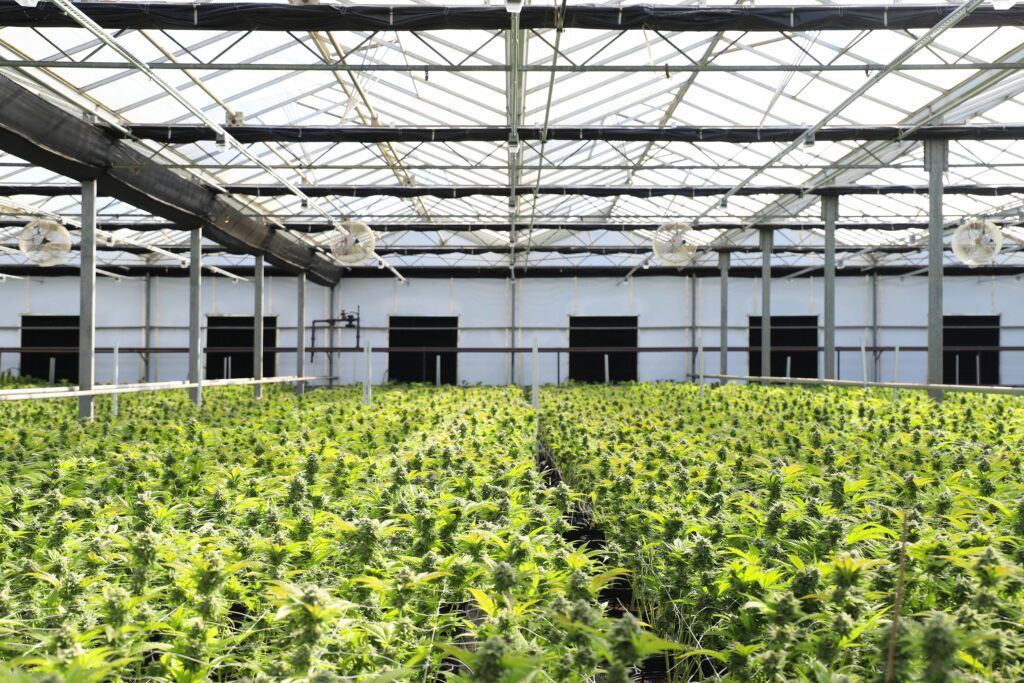The Agricultural Revolution, often celebrated as humanity’s greatest leap forward, was in many ways a step into disaster. While it allowed for population growth, urbanization, and technological advancement, it also ushered in disease, malnutrition, social inequality, and environmental degradation. What was meant to be a solution to food scarcity turned into an evolutionary and ecological trap that still haunts us today.
What Was the Agricultural Revolution?
The Agricultural Revolution refers to the period when humans transitioned from hunter-gatherer societies to settled farming communities. This shift began around 10,000 BCE in the Fertile Crescent (modern-day Iraq, Syria, Turkey, and Iran), spreading to other parts of the world, including China, Mesoamerica, and sub-Saharan Africa.
Agriculture allowed humans to cultivate crops and domesticate animals, leading to food surpluses, population booms, and the rise of civilizations. However, this came at a steep cost—one that we are still paying.
The Backfires of the Agricultural Revolution
1. Biological Decline: Shrinking Jaws, Weak Bones, and Stunted Growth
One of the most striking consequences of the Agricultural Revolution is its impact on human biology. Before agriculture, humans had larger, well-aligned jaws suited for chewing raw, fibrous foods. However, as diets shifted to soft grains and cooked meals, our jaws shrank, leading to crowded teeth, impacted wisdom teeth, and increased rates of dental cavities.
A study published in the journal Nature found that the switch to farming led to weaker bones due to reduced mobility and dietary deficiencies. Early farmers were shorter and more prone to skeletal deformities than their hunter-gatherer ancestors.
2. Malnutrition and Disease: A Decline in Health
Ironically, the shift to farming, meant to provide stable food sources, led to widespread malnutrition. Instead of diverse diets rich in protein, fats, and fiber, early agricultural societies relied heavily on starchy crops like wheat and rice. This resulted in vitamin deficiencies, weaker immune systems, and an increase in diseases such as scurvy and rickets.
Archaeological evidence from ancient skeletons shows signs of anemia, stunted growth, and poor dental health. A study from Science Advances confirms that early agricultural populations had higher rates of infectious diseases due to close living quarters and domesticated animals transmitting zoonotic diseases.
3. Overpopulation: The Start of Resource Struggles
Farming allowed human populations to grow exponentially, but it also created new social pressures. Hunter-gatherers had limited population sizes because they moved frequently and relied on natural food cycles. With farming, people settled in one place, leading to rapid population expansion and competition for land and resources.
This marked the beginning of territorial wars, social hierarchies, and the concept of wealth accumulation. Overpopulation remains a global crisis today, with food production struggling to keep up with demand, leading to deforestation, loss of biodiversity, and climate change.
4. The Rise of Social Inequality and Exploitation
Hunter-gatherer societies were largely egalitarian. The shift to agriculture introduced class divisions, with landowners and ruling elites controlling food distribution. The first cities saw the birth of organized labor, slavery, and gender inequality, as agricultural work often fell on women and lower classes.
Research from PNAS indicates that the wealth gap significantly widened after the adoption of farming, leading to hereditary wealth, power imbalances, and the formation of oppressive systems that persist to this day.
5. Environmental Devastation: The First Ecological Disaster
The Agricultural Revolution marked the beginning of large-scale environmental destruction. Forests were cleared to make way for crops, rivers were diverted, and soil erosion became a major problem. Farming led to desertification in regions like Mesopotamia and Egypt, where once-fertile lands turned into barren wastelands due to overuse and salinization.
Modern industrial agriculture has only worsened this problem. The heavy use of fertilizers, pesticides, and monoculture farming has degraded soil health and contributed to climate change, leaving us in a perpetual cycle of depletion and dependency on synthetic inputs.
How These Problems Still Affect Us Today
The consequences of the Agricultural Revolution are not just historical—they define our world today:
- Obesity and Chronic Diseases: The shift to processed agricultural products has led to an explosion of diet-related illnesses such as diabetes, heart disease, and obesity.
- Food Insecurity: Despite technological advancements, food distribution remains unequal, with millions still facing hunger while others waste vast amounts of food.
- Climate Change: Agriculture is a leading cause of greenhouse gas emissions, deforestation, and biodiversity loss, pushing the planet toward an ecological tipping point.
Was It Really Worth It?
The Agricultural Revolution set humanity on a path that has shaped civilization as we know it—but at what cost? While it brought technological progress, it also led to widespread disease, social inequality, and environmental destruction. As we continue to face the consequences of these ancient choices, perhaps it is time to rethink our approach to food production and sustainability before history repeats itself.


